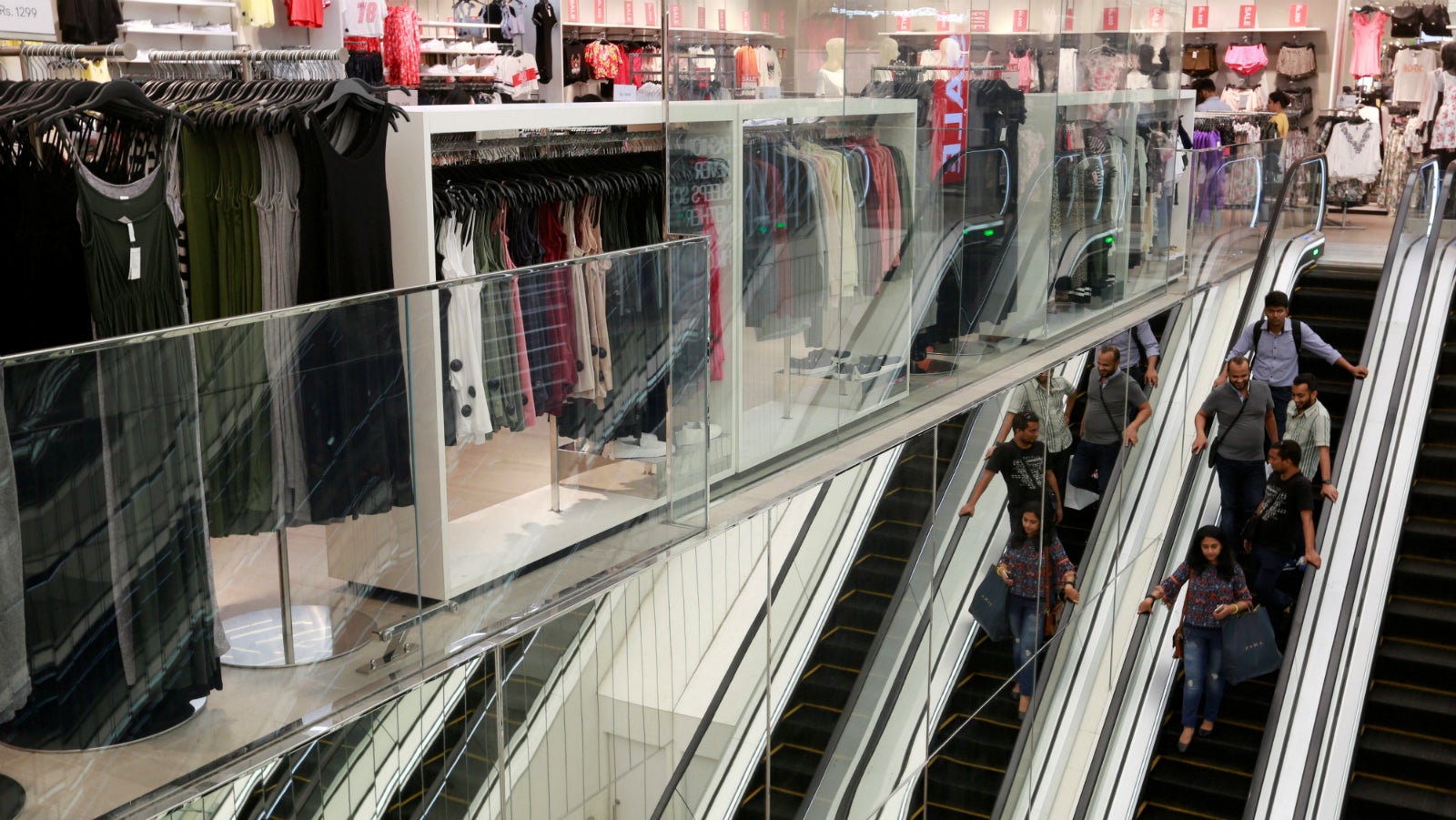Private equity investors are back to pouring big bucks into India’s malls
Private equity (PE) investors have returned to shop for mall spaces in India.


Private equity (PE) investors have returned to shop for mall spaces in India.
Between January and March 2018, PE investors pumped Rs950 crore ($1.4 million) into existing malls and for buying land to set up new ones in the country, according to data from real estate consulting firm JLL India. This is already more than the Rs700 crore PEs invested in the sector in the whole of 2017.
“Private equity investors have shown confidence in the future trends of Indian retail real estate and have started to make large value as well as long-term commitments towards the sector,” JLL said in a report released on May 23.
Some of the biggest transactions in the sector between January and March included The Phoenix Mills and Canada Pension Plan Investment Board spending Rs650 crore on buying a land parcel in Bengaluru, and Blackstone’s Rs300 crore deal to pick up a majority stake in Pune’s Nitesh mall.
This renewed investor interest in malls is fuelled by the growing urban population and spurt of high-street brands.
Quality over quantity
India witnessed a boom in the number of malls in the mid 2000s when investors, lured by rising consumerism, mindlessly pumped money into new shopping complexes. This, however, led to a massive compromise on quality, resulting in a number of closures subsequently. This time around, according to JLL, investors and retailers are treading with caution.
“Developers are making use of past experiences and learnings to create superior quality malls. Some of the key factors determining the success of malls will be design, varied tenant mix, strength of catchment, infrastructure, (and) amenities,” said Ramesh Nair, CEO and country head of JLL in India.
With more serious contenders in the fray, India is expected to get some 90 new malls over the next five years.
Of the malls that come up in the next five years, 62% will be in the “superior” category, which means they will be well-located, have modern facilities, and boast of marquee tenants. Only 10% are expected to be low-quality, while the remaining 28% will be in the “average” category, located in low-footfall areas and featuring more mass market brands.